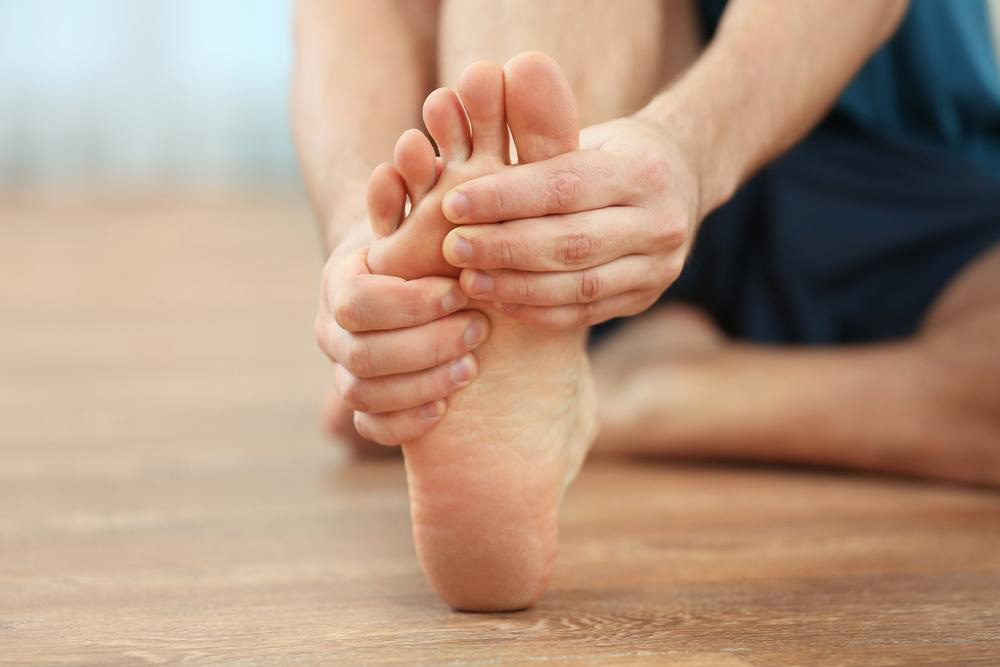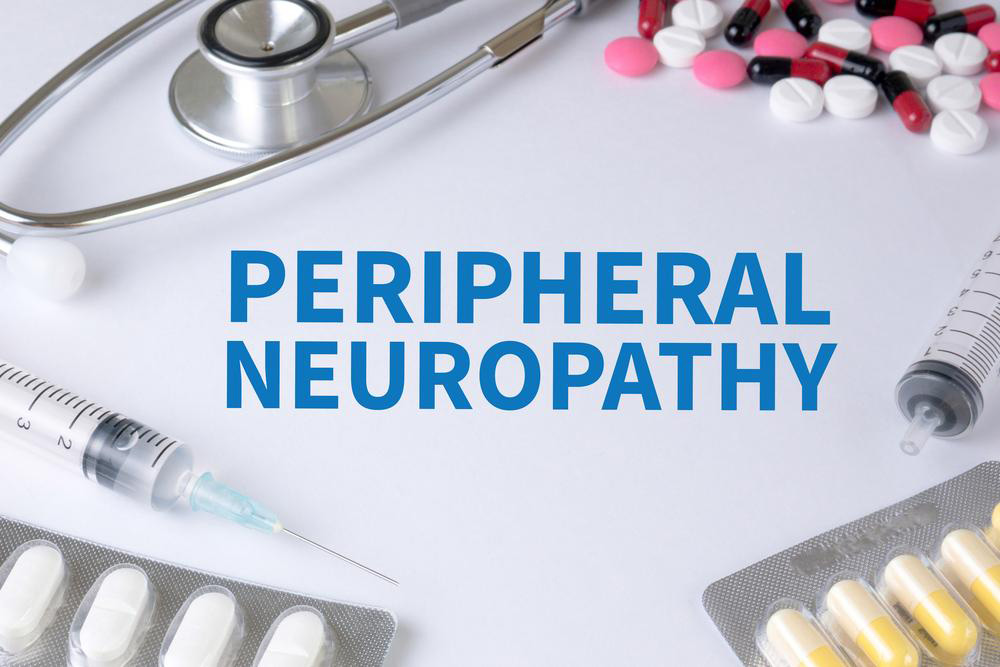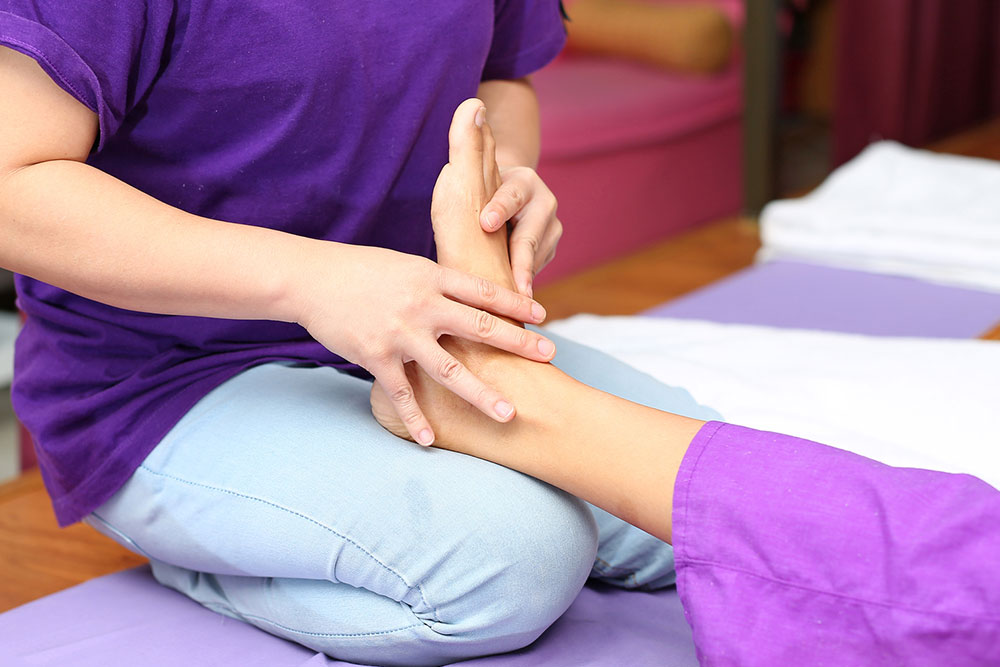Comprehensive Guide to Peripheral Nerve Damage: Causes, Symptoms, and Treatments
Peripheral nerve damage, or neuropathy, affects millions worldwide, causing numbness, pain, and weakness. This comprehensive guide covers causes like diabetes, medications, alcohol abuse, tumors, infections, and trauma. It emphasizes early diagnosis through symptom recognition and specialized tests such as nerve conduction studies and EMG. Treatment focuses on managing underlying conditions, medication, and supportive therapies to promote nerve regeneration and alleviate pain. Understanding these aspects empowers patients and medical professionals to prevent irreversible damage and improve quality of life through timely intervention.

Comprehensive Guide to Peripheral Nerve Damage: Causes, Symptoms, and Treatments
Peripheral nerve damage, commonly known as peripheral neuropathy, is a medical condition characterized by injury or dysfunction of the peripheral nerves. These nerves are responsible for transmitting signals between the central nervous system (brain and spinal cord) and the rest of the body. When these nerves are damaged, individuals experience a variety of symptoms, including numbness, tingling, weakness, and pain, primarily in the hands and feet. Understanding the causes, symptoms, and treatment options for peripheral nerve damage is essential for early intervention and effective management.
Introduction to Peripheral Nerve Damage
Peripheral nerve damage can occur suddenly due to trauma or develop gradually over time due to chronic health conditions. The severity and specific symptoms depend on the extent and location of nerve injury. This condition can impact quality of life significantly, leading to discomfort, mobility issues, and increased risk of injury due to loss of sensation. Early diagnosis and comprehensive treatment strategies are crucial to prevent permanent nerve damage and improve outcomes.
Understanding the Causes of Peripheral Nerve Damage
Numerous factors contribute to the development of peripheral neuropathy. These causes can be interrelated, and in many cases, multiple factors may be involved simultaneously. Recognizing these causes helps in diagnosing and implementing targeted treatments.
Diabetes Mellitus: The Leading Cause
Diabetes is the primary contributor to peripheral nerve damage worldwide, with estimates indicating that over 50% of diabetics may develop neuropathy during their lifetime. Elevated blood sugar levels damage the small blood vessels that supply nerves, leading to nerve deterioration. This damage predominantly affects the nerves in the feet and legs but can also involve the hands and arms.
Foot ulcers, tingling, and numbness are common symptoms in diabetic neuropathy. Because diabetic patients often cannot feel pain or injuries on their feet, minor cuts can go unnoticed, increasing the risk of infections, ulcers, and in severe cases, amputations. Regular foot examinations and blood sugar management are vital in preventing or slowing neuropathy progression in diabetic individuals.
Medication-Induced Neuropathy
Some medications are known to have neurotoxic effects, resulting in nerve damage as a side effect. Notable examples include certain chemotherapy drugs used to treat cancer, which can cause chemotherapy-induced peripheral neuropathy. Other medications, such as those for HIV, hypertension (high blood pressure), and epilepsy, have also been linked to nerve injury when used long-term or in high doses.
Monitoring and adjusting medication regimens under medical supervision can mitigate the risk of neuropathy, and in some cases, switching to alternative drugs can help improve nerve health.
Alcohol Abuse and Nerve Toxicity
Excessive alcohol consumption remains a significant cause of peripheral nerve damage. Alcohol is toxic to nerve tissues and can lead to a condition called alcoholic neuropathy. Chronic drunkenness also disrupts vital vitamin levels, particularly B vitamins, which are essential for nerve health and regeneration. Symptoms include numbness, tingling, muscle weakness, and coordination problems.
Reducing or abstaining from alcohol can lead to improvement and, in some cases, reversal of early nerve damage. Nutritional support, including vitamin supplementation, can enhance recovery, but long-term damage may be irreversible if alcohol abuse continues.
Growths and Tumors
Benign or malignant growths pressing against nerves can cause mechanical compression and damage. Tumors such as schwannomas or neurofibromas can develop on or near peripheral nerves. Malignant cancers, especially those involving the breast, lungs, ovaries, lymphomas, and testicular tissues, may invade or compress nerves as the disease progresses, resulting in neurological symptoms.
Early detection and surgical removal of tumors can relieve nerve pressure and alleviate symptoms, emphasizing the importance of timely diagnosis in suspected cases.
Infections Leading to Nerve Damage
Several infectious diseases have neurotropic properties, meaning they tend to invade nervous tissue. Conditions like HIV/AIDS, leprosy, Lyme disease, diphtheria, and hepatitis C are linked to nerve impairment.
Infections may cause inflammation, demyelination, or direct nerve destruction, leading to significant neurological deficits. Prompt diagnosis and treatment of the underlying infection are vital to prevent persistent nerve damage.
Traumatic Causes: Injury and Physical Damage
Trauma resulting from accidents, falls, sports injuries, or surgical procedures can cause direct nerve injury, including severance, compression, or bruising of nerves. Such injuries might lead to immediate symptoms like severe pain, weakness, and loss of sensation. Chronic trauma or repetitive pressure can also result in nerve compression syndromes such as carpal tunnel syndrome.
Early management, including immobilization, surgical intervention, or physical therapy, can facilitate nerve recovery and minimize long-term impairment.
Recognizing Symptoms of Peripheral Nerve Damage
Awareness of the common signs and symptoms is crucial for early diagnosis and effective treatment. Symptoms can vary depending on the nerves affected and the severity of damage.
Burning, stabbing, or cold sensations often described as shooting pains
Persistent tingling or numbness, frequently in the feet and hands, which may extend to the arms and legs
Increased sensitivity to touch, temperature, or pain (hyperesthesia)
Muscle weakness, leading to difficulty with movement or coordination
Loss of reflexes and muscle wasting in advanced cases
Balance problems and difficulty maintaining posture
Autonomic symptoms like abnormal blood pressure, digestive issues, or urinary problems in certain cases
Timely recognition of these symptoms allows for prompt medical evaluation, which is crucial for diagnosis and tailored treatment plans.
Diagnosing Peripheral Nerve Damage
Diagnosis involves a combination of medical history assessment, physical examination, and specialized tests. Health professionals may perform:
Physical assessment to evaluate muscle strength, reflexes, and sensory responses
Nerve conduction studies to measure electrical impulses along nerves
Electromyography (EMG) to assess muscle activity and nerve-muscle communication
Blood tests to identify underlying conditions such as diabetes or infections
Imaging studies like MRI or ultrasound to detect tumors or structural abnormalities
An accurate diagnosis helps determine the specific cause and guide effective treatment strategies.
Treatment and Management of Peripheral Nerve Damage
Effective management of peripheral neuropathy focuses on addressing the underlying cause, alleviating symptoms, and promoting nerve regeneration.
Addressing Underlying Conditions
Controlling blood sugar levels in diabetics, discontinuing neurotoxic medications, reducing alcohol intake, and treating infections are vital steps in halting nerve damage progression.
Medications
Several medications can help manage symptoms such as neuropathic pain, including anticonvulsants (like gabapentin), antidepressants, and topical agents. In cases of severe pain, opioids may be prescribed cautiously. Physical therapy and occupational therapy can improve strength, flexibility, and coordination.
Alternative and Supportive Therapies
Complementary therapies such as acupuncture, nutritional supplements (B vitamins, alpha-lipoic acid), and pain management techniques can provide additional relief. Proper footwear and assistive devices are recommended for those with mobility issues.
Prognosis and Prevention
Early detection and comprehensive treatment can significantly improve outcomes. Preventive measures include managing chronic diseases, avoiding neurotoxins, maintaining a balanced diet, and protecting limbs from injury. Regular health screenings and vigilant monitoring are essential for individuals at higher risk.
Conclusion
Peripheral nerve damage is a complex condition with multiple causes, symptoms, and treatment options. Recognizing the signs early and pursuing appropriate medical care can prevent irreversible damage and enhance quality of life. With advances in diagnostics and therapeutics, individuals affected by neuropathy have increasing chances of recovery and symptom management.





